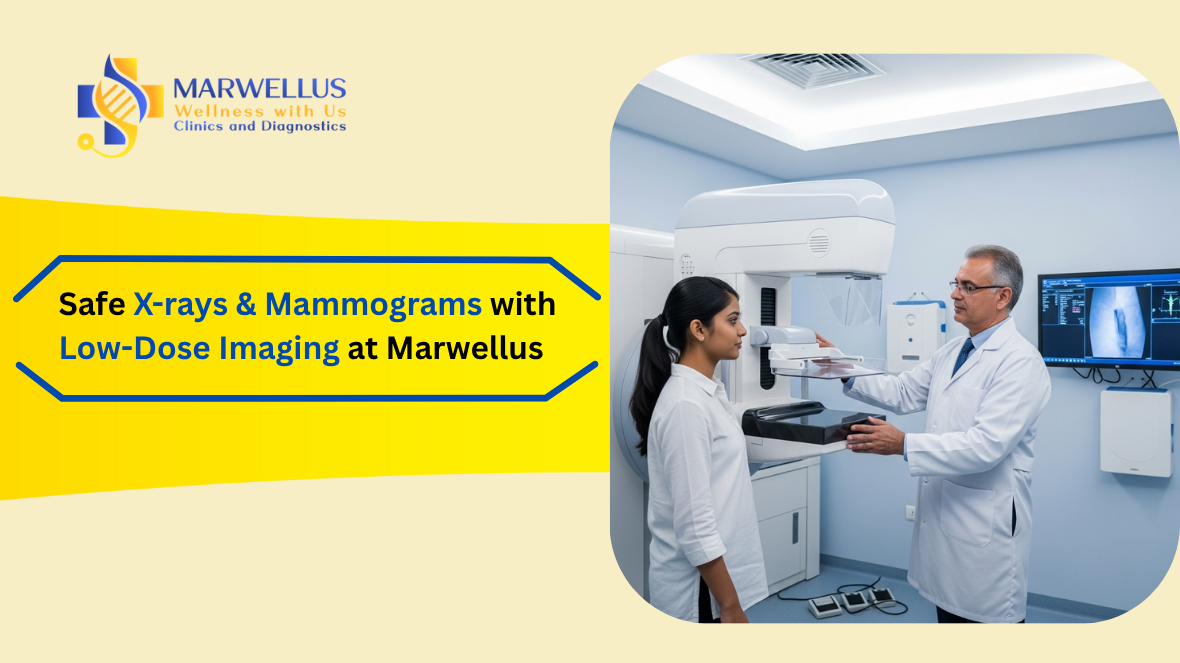



Are you concerned about the potential risks of radiation when undergoing X-rays or mammograms? It’s a common worry, but modern medical imaging technology ensures that radiation exposure is kept to an absolute minimum. This blog will help you understand the safety protocols in place, how radiation doses are reduced, and why these diagnostic tests are safe for you and your loved ones.
Ionising radiation is a type of energy used in X-rays and mammograms to create detailed images of your body’s internal structures. Typical radiation doses from these procedures are very low, comparable to just a few days of natural background radiation. However, if exposure is not properly managed, repeated or high doses can increase long-term risks, including rare forms of cancer. That is why strict safety measures are essential in medical imaging to minimise exposure while ensuring accurate diagnoses.
At our clinic, we follow three fundamental principles to protect you: time, distance, and shielding. Minimising the time you are exposed to radiation reduces your dose. Increasing distance between you and the radiation source lowers risk. Shielding with devices such as lead aprons and thyroid collars protects sensitive organs not being imaged.
Other key safety measures include collimation, which narrows the X-ray beam to focus only on the area being examined, and regular calibration and maintenance of equipment to operate at optimal low doses. These combined protocols ensure the safest possible imaging experience.
Medical imaging has evolved from older computed radiography (CR) systems to advanced digital radiography (DR) units. DR technology delivers high-quality images with significantly reduced radiation doses.
Modern machines use automatic exposure control to adjust radiation based on your body size and the area being imaged, ensuring the minimum dose is used. Sophisticated image-processing software enhances picture clarity so fewer repeat images are needed. Additionally, dose-tracking systems monitor and record your radiation exposure over time, helping healthcare providers manage and reduce cumulative risk.
To help us keep radiation exposure low, wear comfortable clothing without metal fasteners or jewellery on the day of your test. Inform the radiographer if you are or might be pregnant so they can take additional precautions or suggest alternative imaging if needed.
Bringing any previous imaging films helps reduce repeat scans. Always communicate openly with your radiographer; they are trained to ensure your safety and answer any concerns throughout the process.
Radiation safety is a top priority in medical imaging, and strict safety protocols are in place to ensure your protection while delivering accurate diagnostic results. With advanced technology, expert staff, and a focus on minimising exposure, you can confidently undergo X-rays and mammograms, knowing that your safety is always a priority. Regular screenings are vital for maintaining health, and safety measures make them both effective and secure.
If you need an X-ray or mammogram, contact Marwellus Clinic & Diagnostic Centre and benefit from our low‑dose technology and expertly trained team. Our radiology professionals are dedicated to ensuring your safety and comfort during every procedure. Book an appointment now and experience safe, accurate diagnostic care with the highest standard of medical imaging.